Could Fastnet ‘79 history repeat itself?
Published on November 7th, 2019
This year marked the 40th anniversary of a race never to be forgotten. Yachting World’s Elaine Bunting looks back at crews’ experiences of the 1979 Fastnet Race.
Back in 1979, Ted Turner’s Tenacious took line honors in the Fastnet Race, finishing in 3 days 8 hours. Over the last 30 years the average speed across the 605-mile Fastnet course has increased phenomenally: at the elite end, the fastest Ultime trimarans complete the course in just a third of Tenacious’s time. Yet for the smallest yachts in the race, the race can still take five full days.
Yacht design has changed enormously in 30 years, but even more so communications, navigation and access to weather information. So it begs the question of whether a tragedy on such a wide scale could ever happen again?
Navigating in 1979 was a world away from today. Since today there is never a doubt as to our position, the role of the navigator is more one of tactician and strategist. Back then, navigational aids such as Loran and Decca were specifically banned and sat nav, then in its infancy, was also prohibited. The tools for the navigator were a sextant, a radio direction finder (RDF), compass and experience of dead reckoning navigational skills.
Communications were poor. VHF or MF radio was not mandatory. The larger yachts mostly carried VHF but only an estimated 25% of the smaller yachts did. Radio sets were heavy, cumbersome and expensive, and also power-hungry on yachts with small capacity batteries.
Professional navigator and columnist Mike Broughton was just 17 when he took part in the 1979 Fastnet, the youngest competitor in the race, along with Yachting World’s former technical editor Matthew Sheahan. Broughton was racing Hullaballoo, a 3/4 Tonner.
“It was all about the shipping forecast in those days. The news came from the radio. There was gossip that a storm was on the way and we knew the Prime Minister [Edward Heath in Morning Cloud] had retired,” he explains.
“The navigation was quite primitive. We did have RDF, but on the Irish coast it was a reciprocal and if you had a 5-10° error, with no cross-cut you never knew [exactly] where you were. We didn’t even have VHF. We had a French search tug signaling Kilo, ‘I wish to communicate with you’, in Morse code.”
Now yachts not only have EPIRBs, but AIS, often radar, and access to weather through multiple means, not least long periods of 4G mobile phone coverage. Crews carry PLBs and AIS personal locators. YB trackers allow teams to see each other’s positions, tracks and speeds.
Safety gear is checked and of a regulated standard; 40 years ago, only a very few tether lines met any agreed standard, and life rafts without drogues were apt to blow rapidly downwind, or even (as happened) to disintegrate. – Full story.
Correction: Tenacious was not the elapsed time winner but rather the corrected time winner, as it was the 77-foot Condor of Bermuda, skippered by Peter Blake, which was the elapsed time winner, breaking the Fastnet record by nearly eight hours (71h 25m 23s).


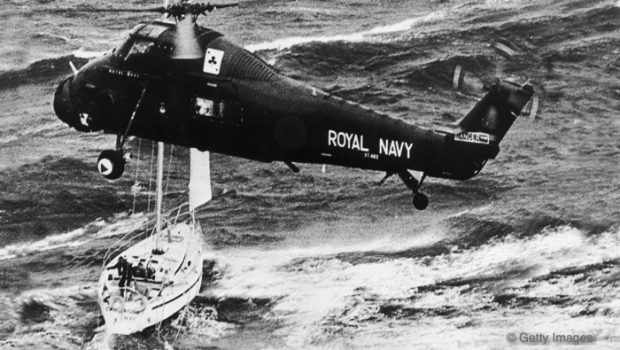

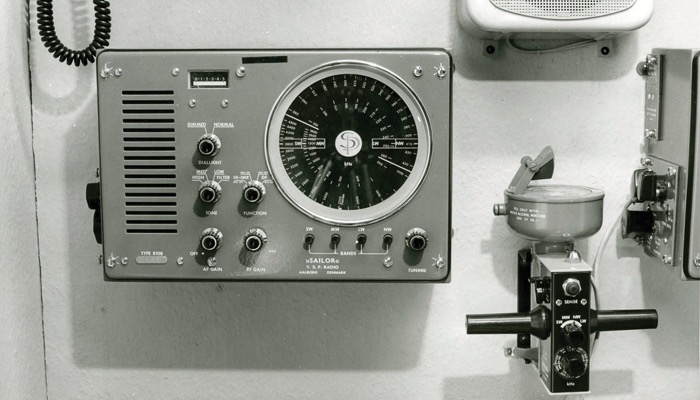

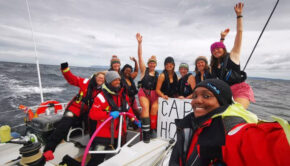
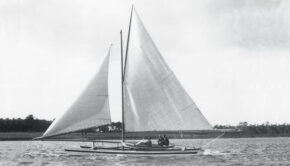
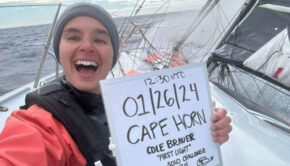
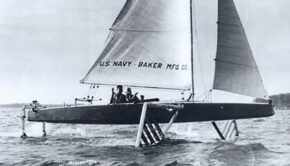
 We’ll keep your information safe.
We’ll keep your information safe.